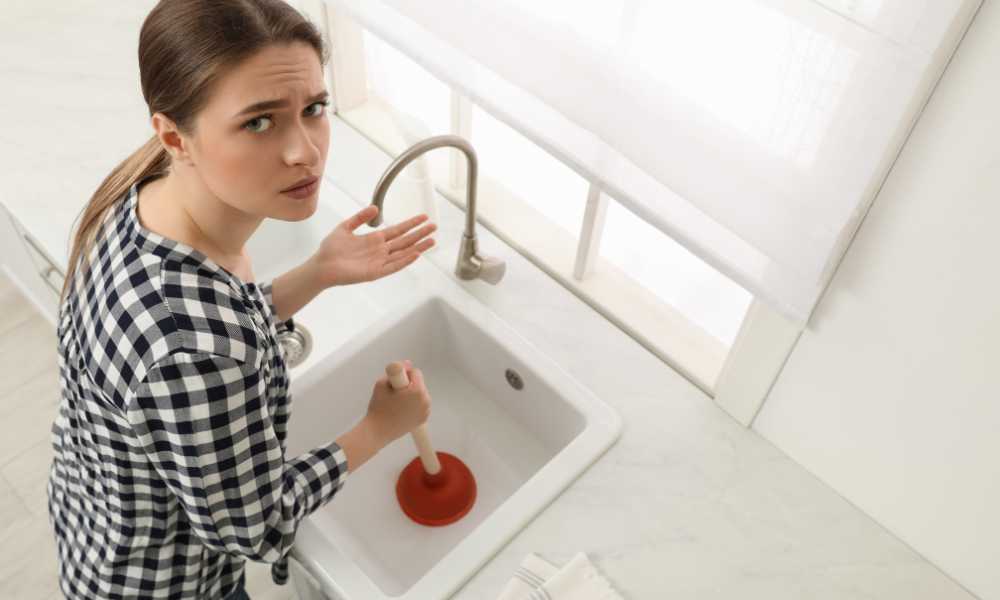Is your RV kitchen sink clogged and disrupting your travel plans Knowing how to unclog an RV kitchen sink can save you time, money, and frustration. RV plumbing systems differ from traditional ones, requiring specific techniques and tools to address clogs effectively. In this guide, we’ll walk you through practical, step-by-step methods to unclog your sink, prevent future blockages, and keep your RV plumbing in top condition. Whether it’s grease buildup, food residue, or other debris causing the issue, these proven solutions will help restore your sink’s functionality. Say goodbye to plumbing woes and hello to stress-free RV adventures! Read on to learn more.
Understanding the Common Causes of RV Kitchen Sink Clogs
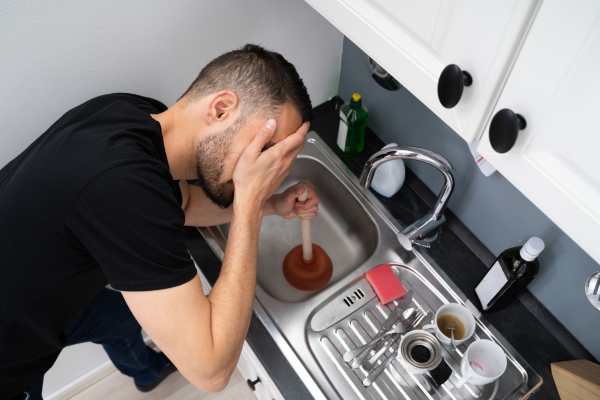
RV kitchen sink clogs are a common issue caused by a variety of factors that can disrupt your plumbing system. Food scraps, grease, and soap residue are among the leading culprits, often accumulating over time and creating stubborn blockages. Unlike traditional sinks, RV plumbing systems are more compact, making them prone to clogs from even small particles. Hard water buildup and improper disposal of waste can also contribute to drainage problems. Understanding these causes is essential to preventing future clogs and ensuring smooth water flow. By addressing these factors early and maintaining regular upkeep, you can avoid costly repairs and keep your RV adventures running smoothly.
Essential Tools and Supplies for Unclogging RV Sinks
Having the right tools and supplies is crucial for tackling a clogged RV sink efficiently. Start with a reliable plunger, which can dislodge minor blockages. A drain snake or auger is essential for reaching deeper clogs that a plunger can’t handle. Baking soda and vinegar are natural and eco-friendly options for breaking down debris in the pipes. Keep a bucket or basin handy to catch water or waste while working on the sink. A wrench can help loosen pipes if disassembly is necessary. Finally, a flashlight ensures better visibility in tight spaces. Stocking these essentials prepares you to address clogs quickly and maintain your RV sink’s optimal performance.
How to Identify the Location of the Clog in Your RV Sink

Identifying the location of a clog in your RV sink is the first step to resolving drainage issues efficiently. Start by observing how quickly water backs up; this can indicate whether the clog is near the sink trap or deeper in the plumbing system. Remove the sink stopper and inspect for visible debris blocking the drain. If water flows into the gray tank but drains slowly, the blockage might be further down the pipes. For deeper clogs, listen for unusual sounds or gurgling from the drain, which often signals an obstruction in the main line. Understanding these signs helps target the problem area and makes unclogging quicker and less stressful.
Using Boiling Water to Dissolve Sink Clogs
A simple yet effective method to tackle stubborn clogs in your RV kitchen sink is using boiling water. This approach works particularly well for blockages caused by grease or soap residue, as the high temperature helps break down the buildup. To start, ensure the sink is free of standing water, then slowly pour boiling water directly into the drain. Allow it to sit for a few minutes to loosen the debris. Repeat the process if necessary for persistent clogs. This eco-friendly technique avoids harsh chemicals, keeping your RV plumbing safe while restoring proper water flow. Regularly flushing your drain with boiling water can also prevent future clogs.
How to Safely Use a Plunger on Your RV Kitchen Sink
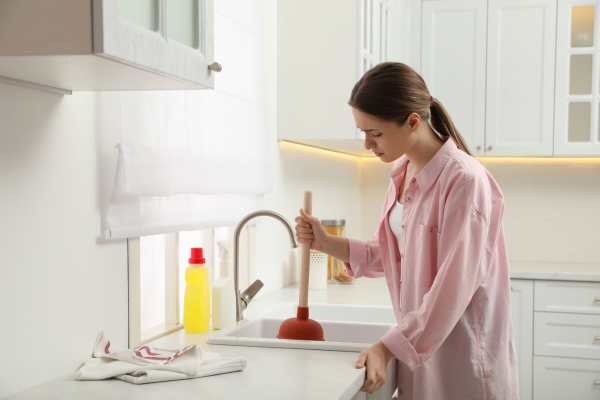
Using a plunger on your RV kitchen sink is an effective way to clear blockages without causing damage. Begin by ensuring the sink is filled with water to cover the plunger’s rubber cup. Position the plunger over the drain, creating a tight seal. Push and pull firmly, using controlled movements to create suction and pressure that dislodge the clog. After several plunges, test the drain to see if the blockage has cleared. If the sink remains clogged, consider using a specialized RV drain cleaner or seek professional help. Proper technique ensures you can keep your RV kitchen sink functioning smoothly and avoid potential plumbing issues.
Effective Methods to Clean the RV Sink Drain with Baking Soda and Vinegar
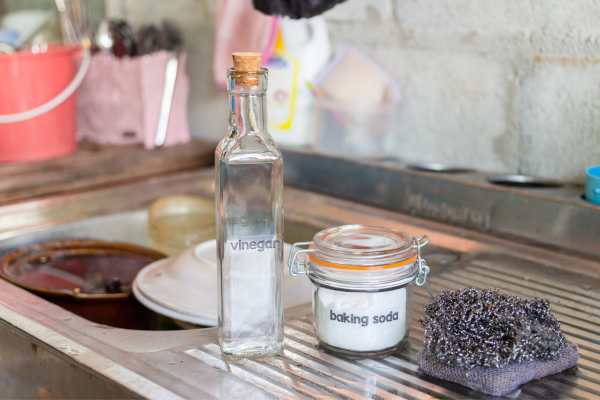
Cleaning the RV sink drain with baking soda and vinegar is an effective and eco-friendly method. Start by pouring half a cup of baking soda down the drain, followed by half a cup of vinegar. Let the mixture sit for about 15 minutes to break down grease, soap scum, and debris. Afterward, flush the drain with hot water to clear out the residue. This simple combination of baking soda and vinegar helps maintain a fresh and clean drain, preventing clogs and odors without the need for harsh chemicals. Regular maintenance ensures the longevity of your RV sink drain and promotes a healthier environment.
When to Use a Drain Snake to Clear Persistent Clogs
A drain snake is an essential tool for tackling persistent clogs in your RV kitchen sink. It’s effective when other methods, like plunging or using chemical cleaners, fail to clear the blockage. If you notice slow drainage or unpleasant odors, it’s a sign that debris is stuck deep in the pipes. A drain snake works by physically breaking up and removing the clog, restoring the flow of water. This tool is ideal for clearing grease buildup, food particles, or even small tree roots that may have infiltrated your plumbing. Regularly using a drain snake can help maintain your RV’s plumbing system and avoid costly repairs.
Addressing Grease Buildup in RV Kitchen Sink Pipes
Grease buildup in RV kitchen sink pipes is a common issue that can lead to clogs and slow drainage. Over time, cooking oils and food particles can accumulate, causing blockages and unpleasant odors. To prevent this, it’s essential to regularly clean the sink and dispose of grease properly, rather than pouring it down the drain. You can use a mixture of baking soda and vinegar to break down grease or invest in a drain cleaner designed for RV plumbing. Ensuring your RV’s plumbing system remains clear can help avoid costly repairs and maintain smooth, efficient drainage during your travels.
Preventing Future Clogs in Your RV Kitchen Sink
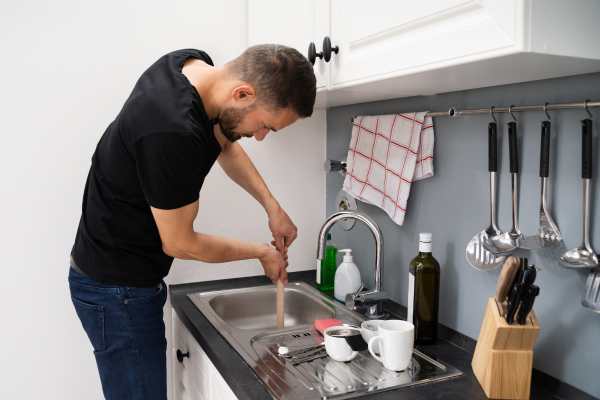
To prevent future clogs in your RV kitchen sink, regular maintenance and mindful habits are essential. Start by using a sink strainer to catch food particles, preventing debris from entering the drain. Avoid pouring grease or oil down the drain, as it can solidify and cause blockages. Consider using biodegradable soaps that break down more easily and won’t contribute to buildup. Periodically flush the pipes with hot water or a mixture of baking soda and vinegar to clear any minor obstructions. By following these simple steps, you can significantly reduce the chances of clogs, ensuring your RV kitchen sink remains functional and free of trouble.
How to Maintain Your RV Sink Drain for Optimal Performance
Maintaining your RV sink drain is essential for ensuring optimal performance and avoiding costly repairs. Regular cleaning is key to preventing clogs, which can build up from food debris and grease. Use a mixture of baking soda and vinegar to clear out minor blockages and keep the drain fresh. It’s also important to inspect the drain pipes periodically for any leaks or wear. Avoid disposing of grease, coffee grounds, and large food particles down the drain. By following these simple maintenance tips, you’ll extend the life of your RV sink and prevent unpleasant odors or water drainage issues.
Signs You Need Professional Help for an RV Kitchen Sink Clog
A clogged RV kitchen sink can disrupt your travel plans and daily routine. While some clogs may be manageable with DIY methods, there are key signs that indicate the need for professional assistance. If you notice water draining slowly or not at all, or if you experience frequent backups, it’s a red flag. Foul odors emanating from the drain or an unusual buildup of grease and food particles are also signals that the clog is more than just a minor issue. Avoid causing further damage by contacting a professional plumber with experience in RV systems for timely and efficient resolution.
Conclusion
Learning how to unclog an RV kitchen sink can save you time, money, and frustration on the road. By following simple preventive measures, such as regular cleaning and using the right drainage tools, you can avoid most common clogs. However, when faced with stubborn blockages or complex plumbing issues, don’t hesitate to seek professional help. Ensuring your RV sink remains clog-free not only enhances your comfort but also extends the life of your plumbing system. Stay proactive and tackle any problems early, so you can enjoy your travels without worrying about plumbing issues. Remember, keeping your RV in top shape makes every trip more enjoyable!
